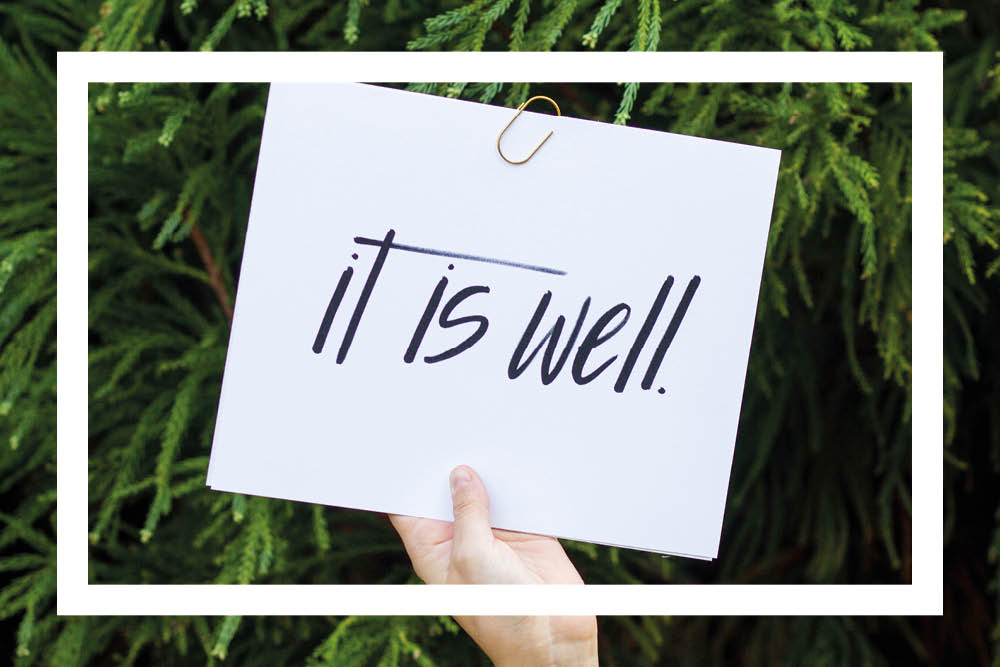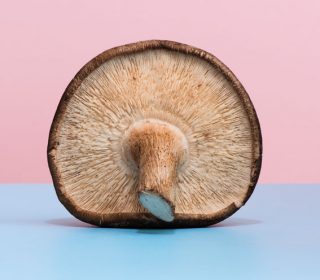What will wellness look like in 2020?

According to the Global Wellness Institute, the wellness economy was worth an estimated $4.5 trillion (£3.4tn) in 2018, representing 5.3 per cent of global economic output. From 2015-2017 the wellness market increased from $3.7 trillion (£2.8tn) to $4.2 trillion (£3.2tn). The size of this industry is expected to grow in the future, with some aspects taking on a whole new form. From doctors on demand, bioavailability and inclusive fitness, we explore what the future of this sector might hold over the coming years.
WORKING THINGS OUT
Thanks to the introduction of regular exercise into our lifestyles in the 1970s, workout culture has never been more prevalent. With new routines, classes and studios available around the world, the exercise landscape is sure to hold some new and bold launches.
All together now It’s clear to us all at BALANCE that healthy living has become an increasingly important part of our modern lifestyles and routines. Leading the way is a raft of fitness influencers and gurus such as Jessamyn Stanley and Lauren Ash, who use social media to encourage this industry to become more inclusive and diverse. As a result of this, physical workout spaces are now following suit. Places such as the Everybody gym in Los Angeles actively welcome “all bodies, genders, races, nationalities, faiths, classes, sexualities, sizes, ages and abilities”. BALANCE hopes that it won’t be long before this attitude comes to the shores of the UK.
Let’s get medical BALANCE has seen time and again how exercise can have a positive impact on both mental and physical health, and it is no surprise that gyms are now doubling up as medical centres. There are now a number of fitness locations that provide additional preventative treatments for those with injuries and illnesses. For example, London Pilates studio, Ten, specialises in personal training and physiotherapy. It has also teamed up with Dr Nicholas Panay, a renowned UK endocrinologist, to launch a bespoke service in which exercise and physiotherapy programmes are individually tailored to the needs of women going through menopause. Already making waves in the industry, we predict that this won’t just be a trend, but the future of health and fitness.
FOOD FOR THOUGHT
The estimated value of the healthy eating, nutrition and weigh tloss field is currently $702 billion (£536bn). As one of the largest sectors in the wellness market we can expect to see significant innovation in this area, as well as several rising trends.
The only way is up We will start to see how vertical farming will breakthrough from its experimental phase and into the mainstream. This will provide cities that lack access to reliable, local food sources with a sustainable and space-saving alternative. AeroFarms is a case in point – based in the US state of New Jersey, it is the world’s largest indoor vertical farm, and can produce 130 times as much food as a traditional example per acre, and sells its produce at local grocery stores.
Comfort food Recent research into the effects of food properties suggests we will soon be using it to enhance our moods. As BALANCE’s food content can attest, we are now more aware as a society of the link between a good diet and improved mental health. For example, ingredients such as tuna, salmon, citrus fruits and bananas are packed with serotonin and may help to calm nerves in stressful situations. That’s not forgetting how CBD-infused teas, chocolates and gummies may also relieve anxiety, so we could even see food being prescribed as a medicine in the future.
The big freeze The growing awareness surrounding gut health and the digestive system will prompt a boom in the freeze-dried food industry. The days of accepting artificial ingredients as a part of our daily diet are long gone. Brands are now looking to freeze-dry food to maintain the nutritional value and flavour of the natural ingredients, while keeping food convenient without the use of chemicals and flavourings. This technique also decreases the volume and weight of product, allowing for cheaper packaging, storage and transportation of goods.
CHOICES FOR THE FUTURE
With predictions that we have only 12 years to save the planet, sustainability is currently at the forefront of our minds. Product innovation, as well as changes in how we live (and die), will determine the future of our existence.
Leggings without guilt Expect to see the sustainable activewear sector explode in the next decade. Workout gear made from unsustainable materials will soon be a thing of the past, with brands such as Adidas, Stella McCartney, Stay Wild Swim and TALA all leading the way.
A funeral to remember Based on the idea of experiencing or helping to produce a “positive” death, the idea of one’s demise is having a makeover with help from death doulas, death cafes, “living funerals” and more. One of the largest trends to come out of this is the idea of a sustainable burial. Led by the need to be more
eco-conscious, many options are now available such as woodland burials and biodegradable coffins as well as urns that contain plant or tree seeds. We are also seeing developments that will allow bodies to be composted in just six to 12 months, and the advent of special burial pods where the body or ashes feed a tree planted directly above.
Every month BALANCE witnesses how tech and innovative thinking are changing the wellness landscape. With such a choice in how we decide to live and die, this aspect of the wellness industry allows us to make informed decisions about our time on this Earth and build for a better future.
MEDICINE GETS TECHNICAL
It’s no surprise that the area of medicine is seeing giant leaps in how we access care, and the myriad ways in which we will continue to use healthcare in the future. Traditional and complementary medicine is currently worth $360 billion (£275bn), while the personalised sector is worth an immense $575 billion (£439bn). Here are just a couple of things that BALANCE has found, which we can look forward to seeing in the near future.
Dial-a-doctor A combination of the NHS under strain, and the limitations of full-time work, can often make it difficult to book a GP appointment at a convenient opportunity. A report on health and wellness by management consultants The Future Laboratory suggests that instantaneous health advice delivered face to face via your phone could be a solution. One example of this is Forward. This primary care subscription service costs $149 (£113) a month, and is designed to provide quality healthcare, which is tailored to each person. Combining medical and lifestyle data collected from wearable trackers such as Fitbit, it can monitor an individual’s health and offer medical support when necessary. Other apps are making their way into the market offering therapy, nutritional advice, and more.
Science on hand For the past year or so it’s been all about biohacking – that is, understanding the body and mind you are in, and using the latest cutting-edge tech, tools and science to become the best version of yourself. From what BALANCE has seen though, bioavailability will be the next big thing. In pharmacology this relates to the degree and rate at which a drug is absorbed by the body’s circulatory system, allowing it to take effect. In the supplements and CBD industry, it ensures products are effective for the user and provides value for money. CBD tea is expected to become more favoured as the liquid interacts with cells in the body and the central nervous system. In its rawest form, it is has been shown to help people sleep better and relieve stress and anxiety.








